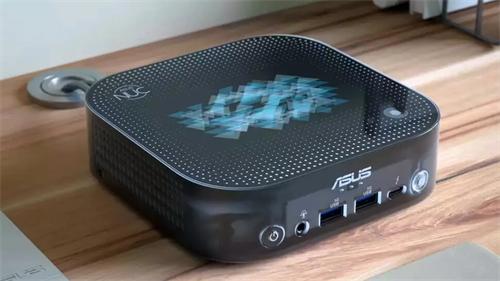AI-Powered Robotaxis: Zoox's Toaster-Shaped Future vs. Tesla's FSD Pause
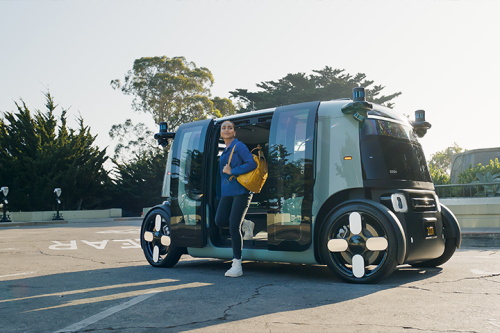
The autonomous vehicle industry is experiencing significant shifts, with companies like Zoox introducing innovative designs and Tesla facing strategic challenges. These developments highlight the dynamic nature of the race toward self-driving technology.
Zoox's Innovative Approach
Zoox, an Amazon-owned autonomous vehicle company, has unveiled a distinctive robotaxi characterized by its toaster-like shape. This design is not merely aesthetic but serves functional purposes: maximizing interior space while minimizing the vehicle's footprint, enhancing passenger comfort, and improving safety through better sight lines and sensor placement.
The robotaxi is bidirectional, lacking a traditional front or rear, and operates without a steering wheel or pedals. Inside, it features four inward-facing seats, each equipped with individual temperature controls and phone chargers. The ceiling is adorned with star-like lights, contributing to a futuristic ambiance.
Zoox has been conducting testing in cities like Las Vegas and Foster City, California. While the company has not specified a public launch date, it plans to offer free rides to select participants in Las Vegas and San Francisco, followed by a paid service.
Tesla's Strategic Challenges
In contrast, Tesla has encountered obstacles in its pursuit of autonomous driving. The company recently lost Zheng Gao, its director of engineering for Autopilot hardware, to Zoox. This departure is part of a broader trend of senior employees exiting Tesla, raising questions about the company's internal dynamics and its aggressive push toward full self-driving capabilities.
Tesla aims to deploy fully self-driving cars in California and Texas and plans to mass-produce the Cybercab by 2027. However, the company faces stiff competition from established players like Waymo and emerging rivals such as Zoox, who are making notable strides in the robotaxi sector.
Industry Implications
The contrasting strategies of Zoox and Tesla underscore the multifaceted challenges in achieving widespread adoption of autonomous vehicles. Zoox's emphasis on meticulous design and safety contrasts with Tesla's rapid innovation approach. As companies navigate technological, regulatory, and consumer acceptance hurdles, the path to a fully autonomous future remains complex and uncertain.
The evolving landscape suggests that success in the autonomous vehicle market will depend on technological advancements, strategic partnerships, and the ability to address safety and regulatory concerns. As the industry progresses, the balance between innovation speed and safety considerations will be pivotal in determining which companies lead the way in the robotaxi revolution.
Recommend for you:
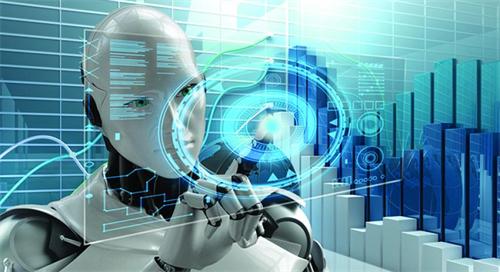
Artificial General Intelligence by 2030? Experts Discuss Major Challenges
Ambitious predictions suggest AGI could be achieved by 2030, but experts highlight significant hurdles that may delay its realization.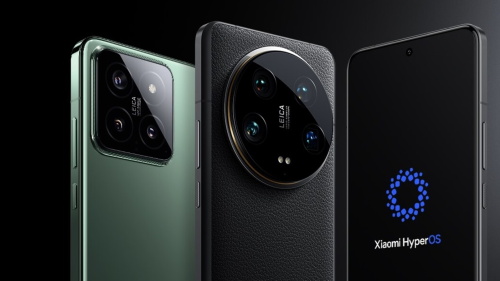
Xiaomi 15 Ultra: A Leap Forward in Smartphone Technology
With a focus on advanced camera capabilities, robust performance, and rapid charging, the 15 Ultra is poised to make a significant impact in the premium smartphone market.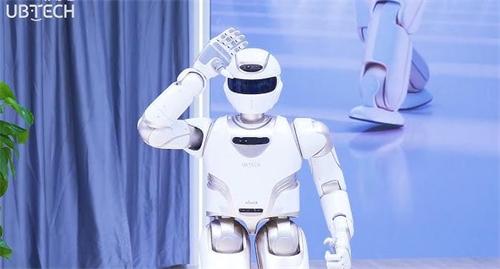
UBTech Walker X: Emotional AI Meets Smart Home Integration in Humanoid Robots
In the rapidly evolving landscape of robotics, UBTech's Walker X stands out as a groundbreaking humanoid robot that seamlessly blends emotional intelligence with smart home integration.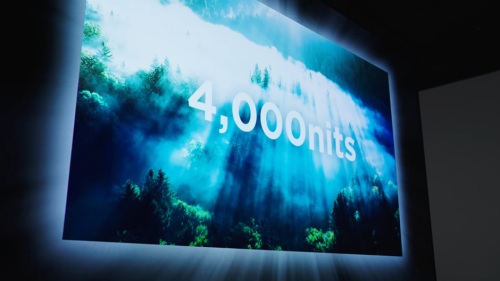
LG's 4,000-Nit OLED TV: Is Brighter Always Better for AI-Powered Screens?
LG Display has unveiled its fourth-generation OLED TV panel, boasting an unprecedented peak brightness of 4,000 nits—a 33% increase over its predecessor.